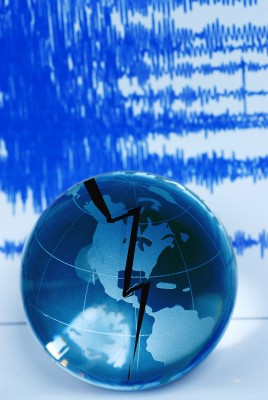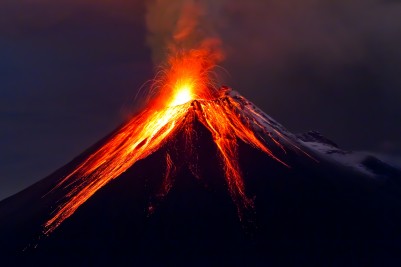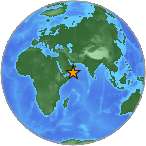The Pacific Rim has seen dozens of large earthquakes over the past few days, and the Atlantic side of our planet is responding.
Here’s the earthquake volley, in order of occurrence, going back and forth from the Pacific side of our planet to the Atlantic side – one after another.
Our entire planet is resonating, you think?
- 4.5 Vanuatu (Pacific)
- 4.8 Central Mid-Atlantic Ridge (Atlantic)
- 5.3 South Pacific Ocean (Pacific)
- 5.2 New Zealand (Pacific)
- 2.8 & 2.9 Utah (Atlantic/North America)
- 5.3 Tonga (Pacific)
- 4.8 Egypt (Atlantic)
- 4.7 Chile (Pacific)
- 4.1 India (Indian Ocean)
- 5.6 Philippines (Pacific)
- 4.5 Greenland (Atlantic)
- 5.5 Solomon Islands (Pacific)
- 4.9 Mid-Indian Ridge (Atlantic)
- 5.0 Nicaragua (Pacific)
- 4.0 Greece (Atlantic/Mediterranean)
- 4.3 Guatemala (Pacific)
- 4.2 Libya (Atlantic/Mediterranean)
- 6.5 (6.2) Taiwan (Pacific)
- 4.1 Afghanistan (Atlantic/Mediterranean)
There is NO DOUBT that our planet is on the move and the axis is slipping.



